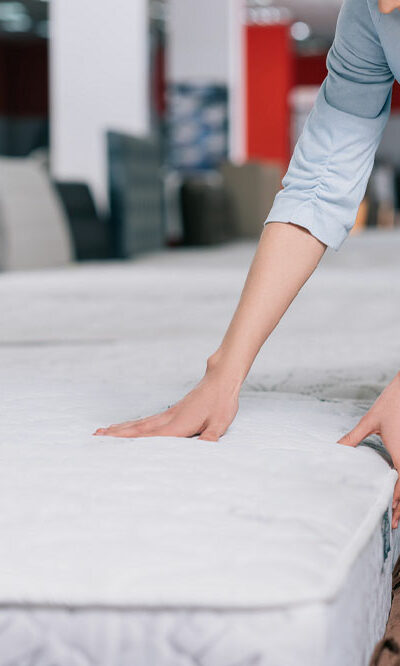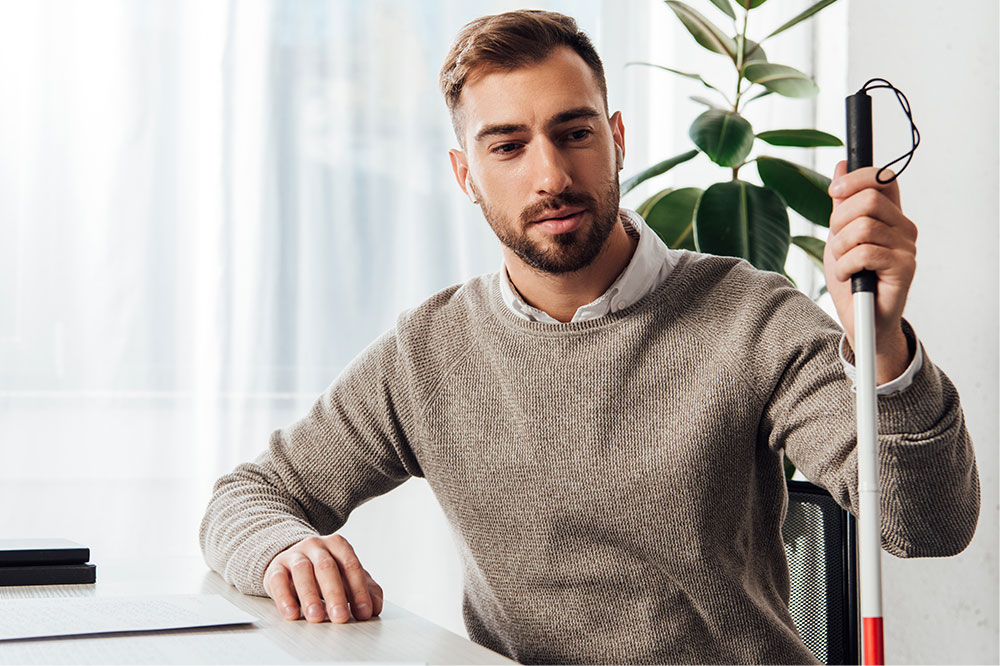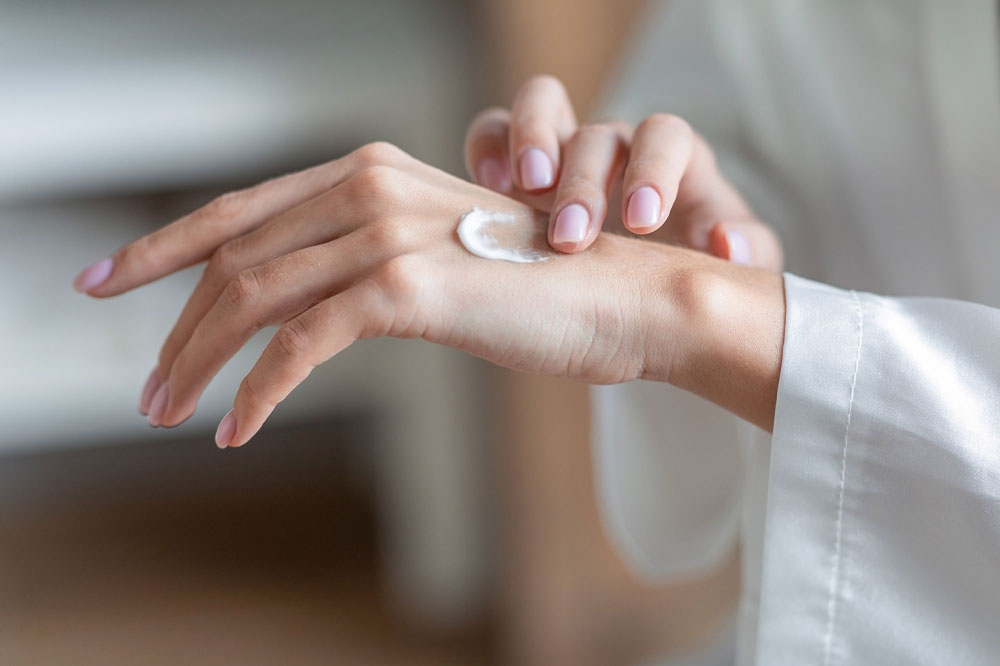14 Home-Cleaning Hacks to Check Out

Home cleaning is essential to leading a healthy, hygienic existence and preventing infections. A clean, clutter-free home is also requisite for mental and emotional well-being. However, it can seem a cumbersome activity for some, especially when one’s home is large. Exercising collaborative efforts in home cleaning can make it an interesting and productive family activity for homeowners. In addition, knowing some smart cleaning hacks can considerably reduce one’s effort while cleaning:
- Use old sneakers as ladder bumpers
Ladder bumpers are made of vulcanized rubber and are used to protect one’s walls from damage. While these are cleaning essentials, one can swap them with old sneakers, which are equally effective and are sure to be found in most households. Sneakers can easily be fastened to the top ends of the ladder with the help of duct tape. - Use olive oil as a cleaning agent
Although olive oil is the buzzword among the health-conscious today, its effectiveness in cleaning is often underrated. A dab of olive oil can help remove hard stains with ease; moreover, it may be used to clean utensils made of stainless steel. The best way to use olive oil for cleaning is to pour a small quantity of it on a cloth and rub it in a circular motion on the stain. - Remove stains using shaving cream
Shaving cream has functions beyond facilitating a neat, dapper look. Applying shaving cream to bathtubs, mirrors, painted kitchen cabinets, and shower glasses can help remove food and water stains and fingerprints. A microfiber cloth can be used to apply shaving cream to the surfaces to be cleaned. The solution should be left on the surface for about 15 minutes before being rinsed off. - Remove extra paint from the brush with an elastic band
Stretching an elastic band over a paint container can help prevent wastage of paint, as the brush can be glided over the band after every dip. This hack can also ensure that surfaces like walls and ceilings are evenly painted and that the floor has minimal paint spillage. - Use a coffee filter for dusting electronic items
Stretching an elastic band over a paint container can help prevent wastage of paint, as the brush can be glided over the band after every dip. This hack can also ensure that surfaces like walls and ceilings are evenly painted and the floor has minimal paint spillage. - Clean the toilet using an essential oil solution
Essential oils can relieve headaches, create a soothing atmosphere, and double up as effective cleaning agents for the toilet. A cup of baking soda mixed with approximately 15 drops of tea tree essential oil can ensure a spick-and-span toilet bowl. This solution should rest for half an hour before it is flushed. - Remove stripped screws using a balloon
Stripped screws, or those without their heads intact, are difficult for drills to reach. In such cases, placing a balloon on top of the stripped screw creates friction while drilling, which can help remove the stripped screw successfully. - Use an old pillowcase to clean ceiling fans
While one can use a regular duster or rag to clean ceiling fans, the accumulated dust typically falls to the surfaces below. An innovative hack to avoid this hassle is to cover one fan blade at a time with an old pillowcase and dust the blades. This hack ensures that the dust particles collect inside the pillowcase and can be disposed of efficiently later. - Make optimal use of the dishwasher
Besides cleaning dishes thoroughly, a dishwasher can also serve as one’s home-cleaning companion. The dishwasher can clean household items like gardening products, refrigerator shelves, stove burner liners, and toothbrush organizers. - Create a squeegee using a rake
Creating a DIY squeegee using an old garden rake from the garage is easy and cost-effective. One can easily prepare a squeegee by fastening pipe insulation and cable ties to the back of a rake and using it for cleaning. - Have baking soda handy
Baking soda is the magic ingredient for cleaning one’s home. All surfaces can be cleaned using baking soda or its solution, from table tops and kitchen worktops to carpets and refrigerators. For example, baking soda may be directly sprinkled on carpets and pet beds and left for 15 minutes before vacuuming. Similarly, the microwave, sink, and countertops may be cleaned by scrubbing with a baking soda solution. - Clean cutting boards with lime juice
As it is frequently used, the cutting board can become a petri dish for bacteria and germs over time. Chopping boards can be cleaned using a lime juice solution, which should be left on the board overnight before it is rinsed off. Alternatively, one may use a vinegar solution to clean cutting boards. - Use a pair of rubber gloves to remove pet hair
Collecting and disposing of pet hair can be an excruciating and time-consuming task. An easy hack to collect pet hair is to dampen a pair of rubber gloves, put them on, and rub them on surfaces. The pet hair typically sticks to the gloves, ensuring that most strands of pet hair are collected on them. - Use socks to clean window blinds
Blinds can be cleaned by wearing a pair of socks on the hands, dipping them in a cleaning solution containing warm water, some white vinegar, and dish soap, and wiping them down. Change the pair of socks or prepare the solution again based on the dirt that has accumulated on the blinds. A dryer sheet can then be used to wipe the curtains to prevent further dust accumulation.
Cleaning a home can seem like a strenuous activity, but it helps to use certain quick hacks to make this process more streamlined and efficient. Having all the cleaning equipment ready and in one place beforehand and designating cleaning days can also help increase productivity while cleaning one’s home.






